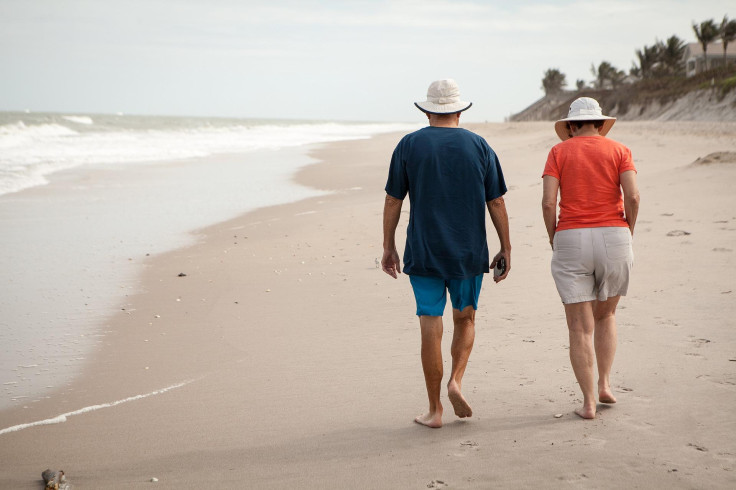
Life expectancy for Hispanics in the United States increased by 2.2 years between 2021 and 2022, rising to 80 years for the entire demographic, according to a new study published by the Centers for Disease Control and Prevention on Wednesday.
The figure is above the country average, which was 77.5 years, and is higher than all other ethnicities with the exception of Asian Americans, who were expected to live an average of 84.5 years.
The increase, however, does not fully offset the loss of 2.4 years of life expectancy between 2019 and 2021 that "resulted mostly from increases in excess deaths due to the COVID-19 pandemic," the entity said.
At a more granular level, Hispanic males saw the highest life expectancy increase along with American Indian and Alaska Native men: 2.4 years, rising to 77. Female Hispanics, on their end, saw an increase of 1.7 years, to 82.8. However, the demographic hasn't fully recovered the losses experienced during the pandemic: it decreased by 4.1 years during the period.
According to the Center for American Progress, an independent, nonpartisan policy institute, during the pandemic, Latinos were 1.7 times more likely to contract COVID-19 and 4.1 times more likely to be hospitalized from complications of the disease than their non-Hispanic white counterparts. Latinos were also 2.8 times more likely to die from COVID-19 than white residents, according to the data.
A study from the Online Journal of Issues in Nursing (OJIN) also found that among the Latino community, COVID-19 symptoms were exacerbated and made worse because Latinos were "less likely to have health insurance, making it difficult to receive care."
The CDC explained that the Hispanic population experienced the increase "primarily due to declines in mortality from COVID-19 (92.4%), heart disease (3.2%), diabetes (0.9%), cancer (0.7%), and complications of medical care (0.4%)." In contrast, the impact was partially offset by "increases in mortality due to unintentional injuries (29.5%), perinatal conditions (12.0%), influenza and pneumonia (11.6%), congenital malformations (11.4%), and nutritional deficiencies (2.9%)."
This historical lack of health insurance has left Hispanics more vulnerable to the financial impact of having to afford sickness and hospitalization, as well as a higher risk of developing conditions that could have been prevented by regular check-ups potentially avoided by the cost of consultation. According to U.S. census data, 24.9% of working-age Hispanics lack health insurance; and additional information from the Latino Data Hub revealed that Latinos in the Southeastern U.S. have more difficulty getting insurance.
Lack of health insurance and healthcare access in the Hispanic community has led the demographic to be more susceptible to heart disease, strokes, diabetes and unintentional injuries, according to the U.S. Department of Health and Human Services Office of Minority Health.
© 2025 Latin Times. All rights reserved. Do not reproduce without permission.




